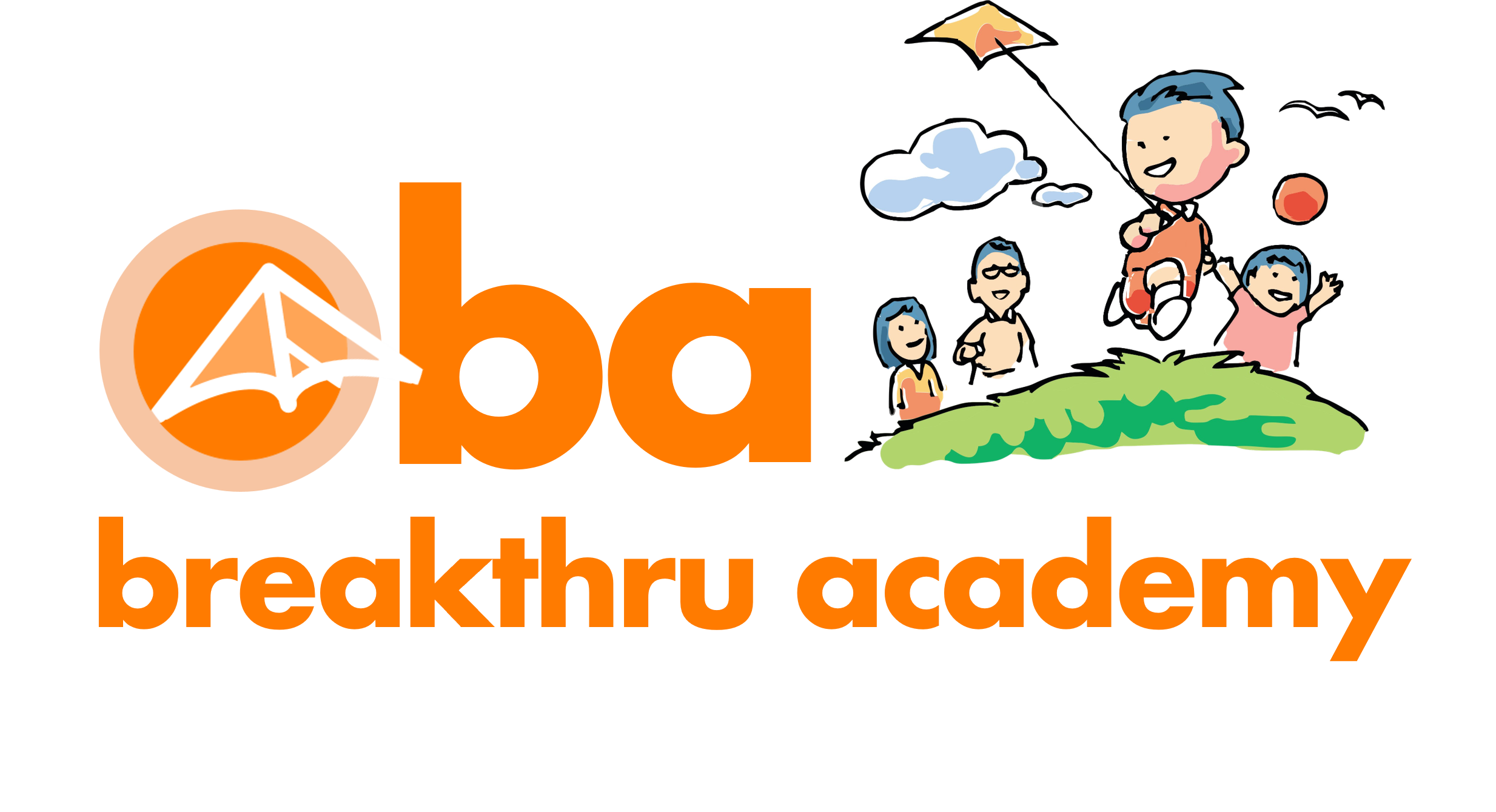The greatest thing, then, in all education, is to make the nervous system our ally instead of our enemy.
—William James
Imagine a classroom in which learners can—in only minutes—use simple activities to reconnect with a sense of self-knowledge and well-being. Imagine learners who can notice their own tension and sensory stress, perhaps related to reading, holding a pencil, or even the basics of sitting, seeing, or listening, and recognize such inner signals as a call to new learning. Perhaps they also partner up in the use of simple movements, such as the Brain Gym® or Movement Based Learning® activities to cultivate their sensory and motor skills, and apply these skills to their academic studies.
From relaxation to calming and self-care . . . from visual and auditory skills to self-expression. . . from authentic play to collaboration and celebration . . . this is the nature of Edu-K classes worldwide, and has been for more than 30 years.
Educational Kinesiology (Edu-K for short) is a comprehensive and enjoyable learning-skills program for people of all ages who want to experience intrinsic mastery of their subject. “Educational” comes from the Latin word educere, which means to draw out, lead forth, or educe. “Kinesiology,” from the Greek root kinesis (the production of motion), means the study of the principles of mechanics and anatomy in relation to human movement. Educational Kinesiology is a system, then, for empowering learners to notice how they move so they can draw out their innate potential.
Brain Gym Instructors, specialists in a full range of Edu-K coursework, recognize movement and cognition (the body and brain) as one whole system, see the muscles and senses as working in synergy, and understand learning to be built on play—cultivating the senses and motor skills, rather than overriding them. From development of the proprioceptors, the “brain cells in the muscles,” to elaboration of the visual map that makes up one’s kinesphere of coordinated skills, the Edu-K work fosters movement as a way to support and develop the innate intelligence that fires the synapses for learning.
The Edu-K curriculum of honoring the learner’s body wisdom by moving to internalize meaning provides opportunities for the development of the following main areas of human experience1:
- the physical skills of learning – this term (for a concept unique to Edu-K) refers to the bodily-kinesthetic intelligence—the sensorimotor mechanics, such as eye teaming or head turning—behind each academic and cognitive skill
- self-regulation – the self-care, initiative, and self-direction that are best discovered through movement and social interaction
- structured play – interactions with others or with objects in which a theme provides a creative context for the unfoldment of learning through purposeful movement
- symbolic thinking – mental processing in which, by mastery of the coding of words and images, concrete physical experience is represented
- aesthetic appreciation – the perception of beauty and other sensory/emotional values experienced through pattern-seeing, in such areas as nature, fine arts, and coordinated movement
In courses and private sessions alike, the Edu-K work is known for its movement-based approach to personal goal setting. People come with challenges that range from wanting to improve communication skills (such as reading, writing, listening, or focusing their attention) to aspiring to connect with their inner joy or self-confidence. When they then experience their abilities in the context of their habits of movement, a new world opens up to them.
The Edu-K balance process, “Five Steps to Easy Learning,” brings cognition together with intentional movement. A basic balance addresses three learning dimensions, and calls on the following five learning principles2.
- Draw Out: Intelligence Is Inborn
- Focus: Attention Follows Intention
- Notice: We Learn What We Actively Experience
- Move to Learn: Growth Is a Search for Balance, and Imbalance a Search for Growth
- Interconnect: Each One of Us Is Affected by Every Other
1From Brain Gym®: Teacher’s Edition, (C) 2010, by Paul E. Dennison and Gail E. Dennison, p. xvii.
2 The five principles are taught through experiential application in the beginning course Brain Gym 101: Balance for Daily Life; this list is from the Brain Gym 101 course manual by Paul E. Dennison and Gail E. Dennison, p. 69.
Brain Gym® is a trademark of Brain Gym® International. To learn more or to find an instructor in your area, visit braingym.org.
